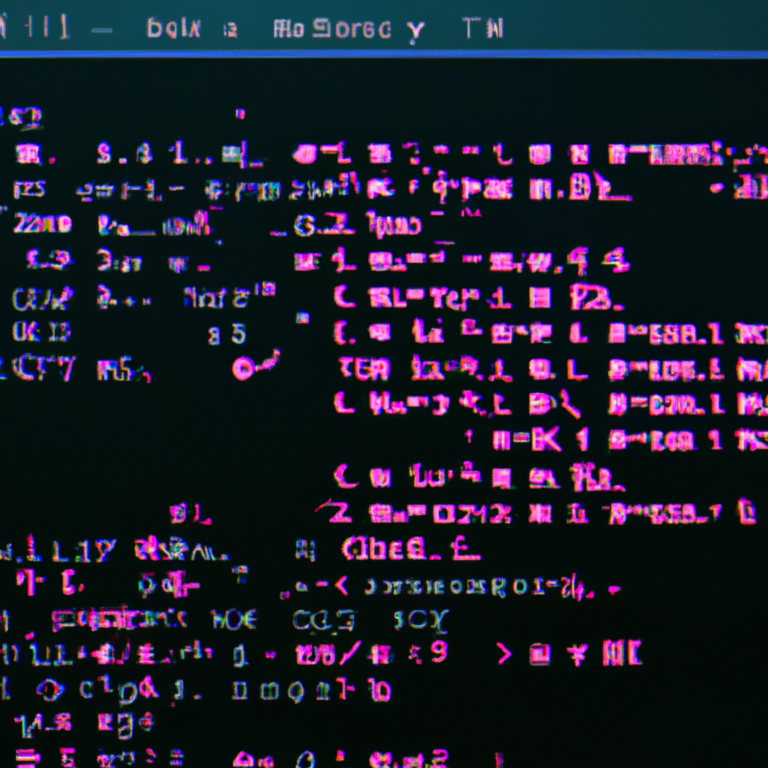How to Build Your Own Web Development Portfolio
Build A Web Development Portfolio
Having a web development portfolio is a great way to showcase your skills and accomplishments. It’s also a great way to attract potential employers and clients. Whether you’re a seasoned web developer or a beginner, creating a portfolio is a must if you want to succeed in the web development industry. In this article, we’ll show you how to build your own web development portfolio.
What is a Web Development Portfolio?
A web development portfolio is a website that showcases your skills, experience and accomplishments in the web development world. It’s like a virtual resume, but it’s much more than that. It also serves as a way to showcase your work and to demonstrate your creativity and technical skills.
Why Have a Web Development Portfolio?
Having a web development portfolio is important for a number of reasons. It’s a great way to showcase your skills and accomplishments. It’s also a great way to attract potential employers and clients. It’s also a great way to network with other web developers. And finally, it’s a great way to stay up-to-date on the latest technologies and trends in the web development industry.
Deciding What to Include
When creating a web development portfolio, it’s important to decide what to include. You should include information about your skills, experience and accomplishments. You should also include examples of your work, such as websites you’ve built or code you’ve written. You should also include a list of technologies you’re familiar with, such as HTML, CSS, JavaScript, etc.
Setting Up Your Website
Once you’ve decided what to include in your portfolio, the next step is to set up your website. You’ll need to choose a domain name and hosting provider. You’ll also need to decide on a content management system (CMS) such as WordPress or Drupal. You’ll also need to choose a theme and customize it to your liking.
Designing Your Portfolio
Once you’ve set up your website, you can begin designing your portfolio. You’ll want to create a visually appealing design that showcases your work in the best possible way. You should also consider making your portfolio responsive so that it looks good on all devices.
Writing Your Content
Once you’ve designed your portfolio, the next step is to write your content. You’ll want to include information about your skills, experience and accomplishments. You should also include examples of your work, such as websites you’ve built or code you’ve written. You should also include a list of technologies you’re familiar with.
Showcasing Your Work
Once you’ve written your content, you can start showcasing your work. This could include screenshots of websites you’ve built, code samples, or other projects you’ve worked on. You can also include links to websites or projects you’ve worked on.
Adding Your Contact Details
Another important step is to add your contact details. This could include your email address, phone number, or a link to your social media profiles. This will make it easier for potential employers or clients to contact you.
Creating an Online Presence
Creating an online presence is important for any web developer. You should create social media profiles such as Twitter, LinkedIn, and Facebook, and link to them from your portfolio. You should also consider creating a blog and writing articles related to web development.
Making Sure Your Portfolio is Up-to-Date
It’s important to make sure your portfolio is always up-to-date. You should regularly update your portfolio with new work and new information. You should also make sure that your contact information is up-to-date.
Optimizing Your Portfolio for Search Engines
If you want to make sure your portfolio is seen by potential employers and clients, you should optimize your portfolio for search engines. This could include optimizing your website’s title and meta tags, creating content that is optimized for search engines, and submitting your website to search engines.
Promoting Your Portfolio
Once you’ve created your portfolio, it’s important to promote it. You should post links to your portfolio on social media and in forums. You should also consider guest blogging and submitting your portfolio to web development directories.
To sum it all up, creating a web development portfolio is an important part of succeeding in the web development industry. It’s a great way to showcase your skills and accomplishments, attract potential employers and clients, and stay up-to-date on the latest technologies and trends. By following the steps outlined in this article, you’ll be well on your way to creating an impressive web development portfolio.








